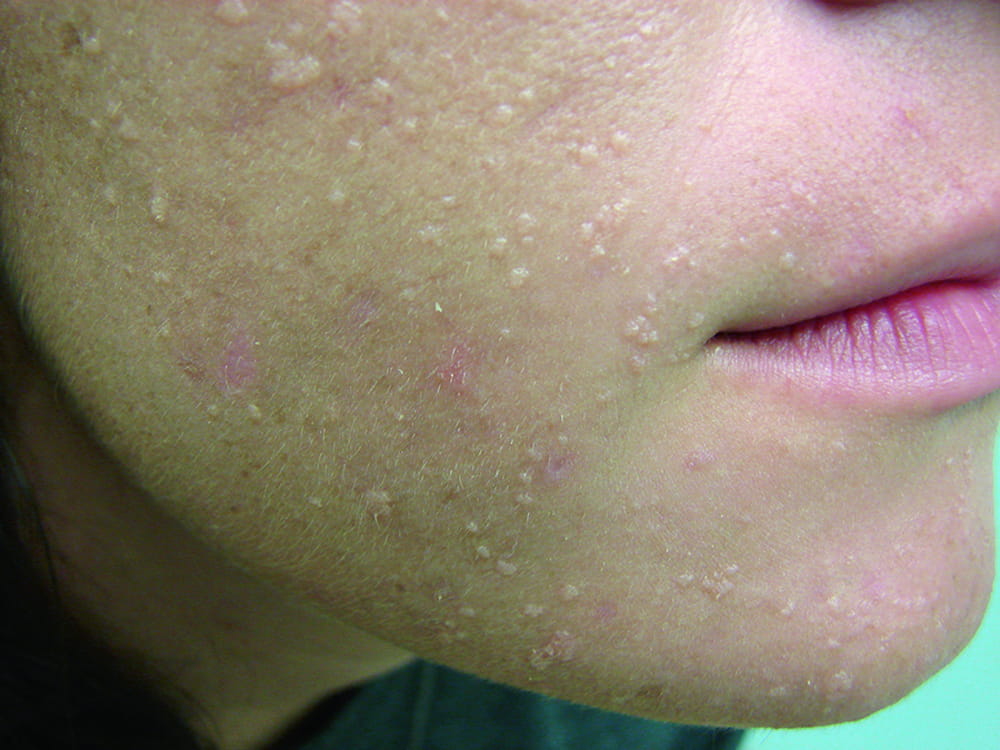Carbamide Peroxide Guide: Brighter Smile Guaranteed
The pursuit of a brighter, healthier smile has led to the development of various oral care products, with carbamide peroxide being a key ingredient in many teeth whitening solutions. As a crucial component in both professional and at-home whitening treatments, understanding carbamide peroxide is essential for those seeking to enhance their dental aesthetics. This comprehensive guide delves into the world of carbamide peroxide, exploring its chemistry, applications, safety, and efficacy in achieving a radiant smile.
The Chemistry Behind Carbamide Peroxide
Carbamide peroxide, also known as urea peroxide, is a stable and safe compound used for its bleaching properties. Chemically, it is a mixture of urea and hydrogen peroxide. When applied to the teeth, carbamide peroxide breaks down into hydrogen peroxide and urea. The hydrogen peroxide is the active bleaching agent, penetrating the tooth enamel to reach the dentin, where it breaks down pigments and stains, thereby whitening the teeth. Urea, on the other hand, helps to buffer the pH, maintaining the stability of the formula and reducing the risk of tooth sensitivity.
Applications in Teeth Whitening
Carbamide peroxide is versatile and can be found in various dental products, including:
- At-Home Whitening Kits: These kits usually contain trays that are filled with a carbamide peroxide gel and then applied to the teeth. The concentration of carbamide peroxide in these kits can vary, typically ranging from 10% to 22%. Users apply the trays for a specified period, which can range from a few minutes to several hours, depending on the product and concentration.
- Professional Whitening Treatments: Dentists may use higher concentrations of carbamide peroxide or hydrogen peroxide for in-office treatments. These professional applications are often more rapid, with results visible in about an hour, and can be more effective due to the higher concentration of the active ingredient and the supervision of a dental professional.
- Whitening Strips and Toothpaste: While these products may contain lower concentrations of carbamide peroxide or other whitening agents, they are designed for convenience and maintenance of tooth whiteness.
Safety Considerations
When using carbamide peroxide for teeth whitening, several safety considerations must be taken into account:
- Tooth Sensitivity: One of the most common side effects of teeth whitening with carbamide peroxide is tooth sensitivity. This sensitivity is usually temporary and subsides once the treatment is stopped. Desensitizing toothpaste can help alleviate this issue.
- Gum Irritation: The bleaching agent can cause irritation to the gums, especially if the product comes into prolonged contact with the gum tissue. Custom-fitted trays from a dentist can help minimize this risk.
- Overuse: Using carbamide peroxide products too frequently or for extended periods beyond the recommended duration can lead to over-bleaching, causing the teeth to appear translucent or blue-gray.
Efficacy of Carbamide Peroxide
The efficacy of carbamide peroxide in whitening teeth has been well-documented. Studies have shown that products containing carbamide peroxide can significantly lighten tooth color, with results lasting for several months after treatment. The degree of whitening achieved can depend on the initial tooth color, the concentration of carbamide peroxide, and the duration of treatment.
Practical Applications and Precautions
To ensure the safe and effective use of carbamide peroxide, follow these guidelines:
- Consult a Dentist: Before starting any whitening treatment, it’s advisable to consult with a dentist to determine the best course of action based on your dental health and the extent of staining.
- Follow Instructions: Always follow the instructions provided with the product. Overexposure to carbamide peroxide can lead to unpleasant side effects.
- Maintain Good Oral Hygiene: Whitening treatments work best on clean teeth. Regular brushing and flossing, along with dental check-ups, are essential for maintaining oral health.
Conclusion
Carbamide peroxide stands as a testament to the advancements in dental care, offering a potent yet relatively safe method for achieving a brighter smile. By understanding its chemical properties, applications, and safety considerations, individuals can make informed decisions about their teeth whitening treatments. Whether through at-home kits or professional dental procedures, carbamide peroxide has become an indispensable tool in the pursuit of dental aesthetics, helping millions worldwide to enjoy the confidence that comes with a healthier, more radiant smile.
How long do the results of carbamide peroxide teeth whitening last?
+The results of teeth whitening with carbamide peroxide can last for several months. However, this duration can vary depending on oral hygiene practices, diet, and the use of tobacco products. Regular touch-ups can help maintain the desired level of whiteness.
Can carbamide peroxide damage tooth enamel?
+When used as directed, carbamide peroxide is not known to damage tooth enamel. However, overuse or improper use can lead to dehydration of the teeth, making them more susceptible to sensitivity and potentially other issues. It’s essential to follow the recommended guidelines and consult a dentist if you have concerns.
Is carbamide peroxide suitable for everyone?
+While carbamide peroxide is generally safe for most adults, there are exceptions. It is not recommended for children under the age of 16, pregnant women, or individuals with certain dental conditions such as gum disease or tooth decay. Consulting a dentist before starting any whitening treatment is highly recommended to assess suitability and discuss any potential risks.
